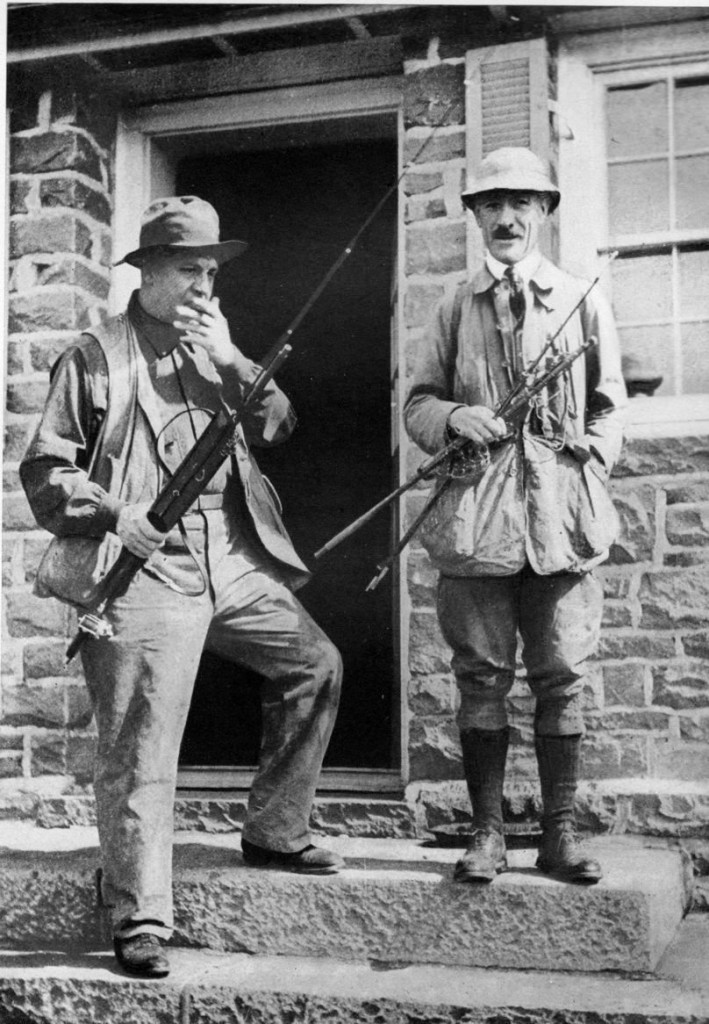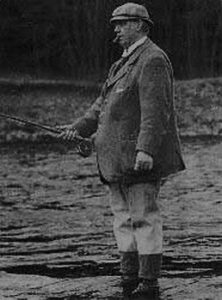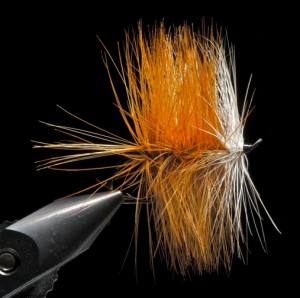
George M. La Branche wrote in his book: The Salmon And The Dry Fly about their experiences with salmon in the clear Upsalquitch River in New Brunswick . La Branche was convinced that their initial success with salmon on the dry fly was down to very prescience presentations of the dry fly. The fly was to drift in special paths or feeding lanes, as La Branche would call them. The overall theory was that; adult salmon would find spots in the river much resembling the places the salmon parr would occupy… In these holding-spots the salmon would then expect and intercept drifting insects – if they came to them the natural way...
Mr. George M. La Branche and Colonel Ambrose Monell – All dressed up for sport 1920 style – ready to goThey would put the many lost fish down to the fact that “fish was the stupid things they where”

Dry fly pioneers
The trip to Scotland was a fishing mystery to La Branche who put many thoughts into why he did not succeed – he never came to any conclusion, but made further trips to Scotland to fish with Mr. Wood, spending most of his time studying and learning Wood´s Greased line technique – On one of his trips to Carinton beat in Scotland he eventually succeeded in catching a Dee fish on one of his Palmer dry flies

 Unfortunately, La Branche’s fishing endeavors did not yield the desired results, a fact revealed in the correspondence between him and the esteemed angler, Mr. A.H.E Wood. Wood had graciously invited La Branche to fish his beat on the Dee River in Aberdeenshire, Scotland.
Unfortunately, La Branche’s fishing endeavors did not yield the desired results, a fact revealed in the correspondence between him and the esteemed angler, Mr. A.H.E Wood. Wood had graciously invited La Branche to fish his beat on the Dee River in Aberdeenshire, Scotland.